The Mandalay Palace (Burmese: မန္တလေး နန်းတော်, pronounced [máɰ̃dəlé náɰ̃dɔ̀]), located in Mandalay, Myanmar, is the last royal palace of the last Burmese monarchy. The palace was constructed between 1857 and 1859 as part of King Mindon's founding of the new royal capital city of Mandalay. The plan of Mandalay Palace largely follows the traditional Burmese palace design; it is inside a walled fort surrounded by a moat. The palace itself is at the centre of the citadel and faces east. All buildings of the palace are of one storey in height. The number of spires above a building indicated the importance of the area below.
Mandalay Palace was the primary royal residence of King Mindon and King Thibaw, the last two kings of the country. The complex ceased to be a royal residence and seat of government on 28 November 1885 when, during the Third Anglo-Burmese War,...Read more
The Mandalay Palace (Burmese: မန္တလေး နန်းတော်, pronounced [máɰ̃dəlé náɰ̃dɔ̀]), located in Mandalay, Myanmar, is the last royal palace of the last Burmese monarchy. The palace was constructed between 1857 and 1859 as part of King Mindon's founding of the new royal capital city of Mandalay. The plan of Mandalay Palace largely follows the traditional Burmese palace design; it is inside a walled fort surrounded by a moat. The palace itself is at the centre of the citadel and faces east. All buildings of the palace are of one storey in height. The number of spires above a building indicated the importance of the area below.
Mandalay Palace was the primary royal residence of King Mindon and King Thibaw, the last two kings of the country. The complex ceased to be a royal residence and seat of government on 28 November 1885 when, during the Third Anglo-Burmese War, troops of the Burma Field Force entered the palace and captured the royal family. The British turned the palace compound into Fort Dufferin, named after the then viceroy of India. Throughout the British colonial era, the palace was seen by the Burmese as the primary symbol of sovereignty and identity. Much of the palace compound was destroyed during World War II by allied bombing; only the royal mint and the watch tower survived. A replica of the palace was rebuilt in the 1990s with some modern materials.
Today, Mandalay Palace is a primary symbol of Mandalay and a major tourist destination.
 British colonial forces in Mandalay Palace, which they subsequently ransacked (1887)
British colonial forces in Mandalay Palace, which they subsequently ransacked (1887) Fort Dufferin under aerial attack during World War II
Fort Dufferin under aerial attack during World War II A traditional Burmese painting of Mandalay Palace grounds during the Konbaung dynasty.
A traditional Burmese painting of Mandalay Palace grounds during the Konbaung dynasty.The Mandalay Palace was constructed as part of King Mindon's founding of Mandalay in February 1857.[1] Large parts of the palace were reconstructed from the palace at Amarapura, which was relocated to Mandalay.[2] The master plan called for a 144-square block grid patterned city, anchored by a 16 square block royal palace compound at the centre by Mandalay Hill.[3] The 413-hectare royal palace compound was surrounded by four 2 km (6666 ft) long walls and a moat 64 m (210 ft) wide, 4.5 m (15 ft) deep. Along the wall were bastions with gold-tipped spires at intervals of 169 m (555 ft).[4] The walls had three gates on each side, twelve in total, each presenting a zodiac sign.[1] The citadel had five bridges to cross the moat.[3]
In June 1857, the construction of the palace began. After the disastrous Second Anglo-Burmese War of 1852, the shrunken Burmese kingdom had few resources to build a new ostentatious palace. The former royal palace of Amarapura was dismantled and moved by elephants to the new location at the foot of Mandalay Hill. The construction of the palace compound was officially completed on Monday, 23 May 1859.[1]
During the Third Anglo-Burmese War, the British captured and occupied the palace, ransacking it before burning down the royal library. The royal regalia of Burma were removed as spoils of war and displayed in the South Kensington Museum (now the V&A Museum, London). In 1964 they were returned to Burma as a gesture of goodwill.[5][6] The British renamed the palace compound Fort Dufferin and used it to billet troops. During World War II, the palace citadel was turned into a supply depot by the Japanese and was burnt to the ground by Allied bombing. Only the royal mint and the watch tower survived.
1989-present: Reconstruction and conservationReconstruction of the palace began in 1989, initiated by the Department of Archaeology.[7] Because government funds were insufficient, the Mandalay Committee for the palace Reconstruction was formed, with funds coming from the State Law and Order Restoration Council, which patronized this project.[7] The regional governments of Mandalay, Magwe and Sagaing Divisions were responsible for drawing up architectural plans and constructing various parts of the palace:[7]
Mandalay Division: Great Audience Hall, the Lion Throne Magwe Division: Watchtower, Lily Throne Room Sagaing Division; Goose Throne RoomWhile the overall design was faithful, the construction process incorporated both traditional and modern building techniques. Corrugated sheet metal was used for the roofing of most buildings, while concrete was extensively used as a building material (the original palace was built using only teak).[7]
One of the halls was dismantled during the rule of King Thibaw and rebuilt as Shwenandaw Monastery. It is the single remaining major structure of the original wooden palace today.
In October 2021, in the aftermath of the 2021 Myanmar coup d'état, the military government began constructing a public recreation park adjacent to the historic walls of the Mandalay Palace in violation of the 2015 Law on the Preservation and Protection of Ancient Buildings, sparking criticism from local conservationists.[8]




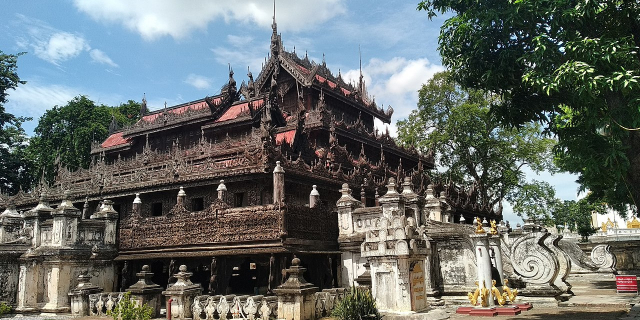
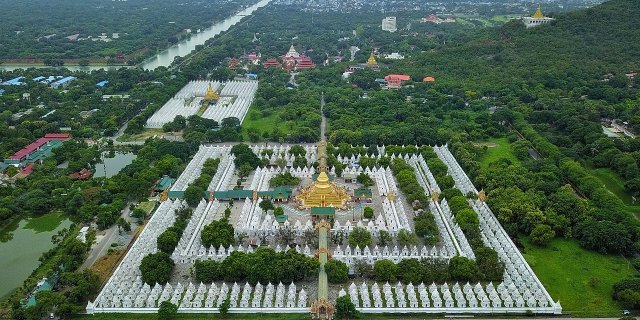
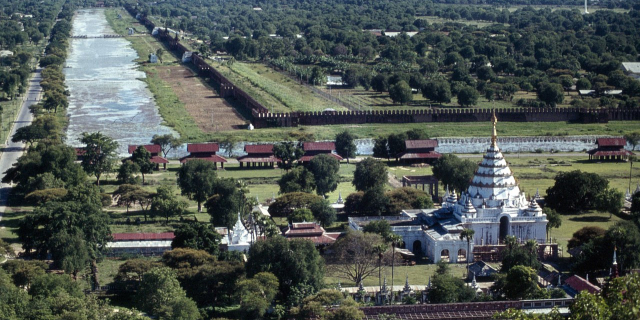

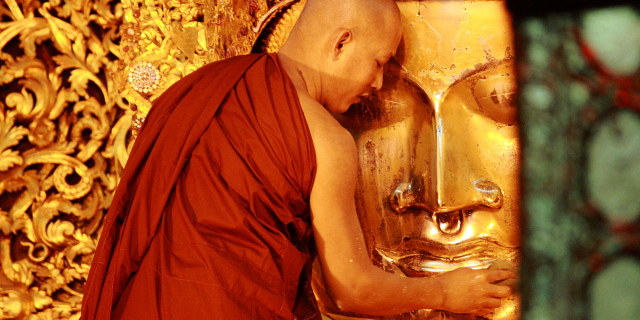

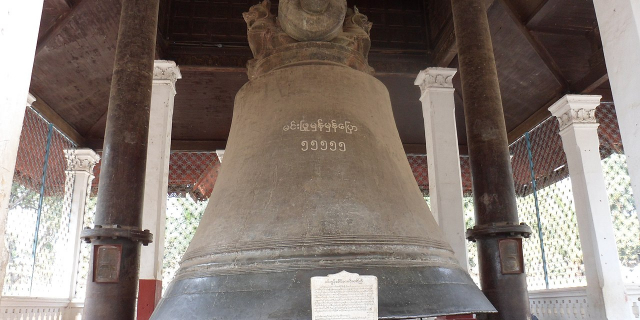




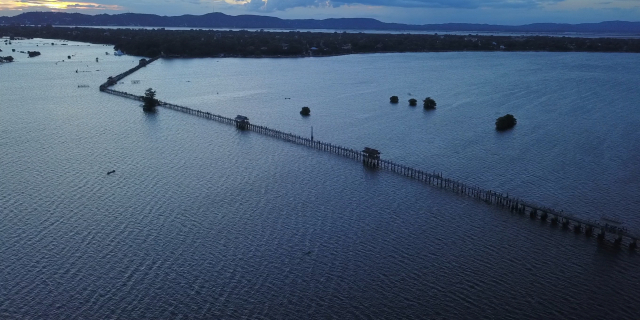

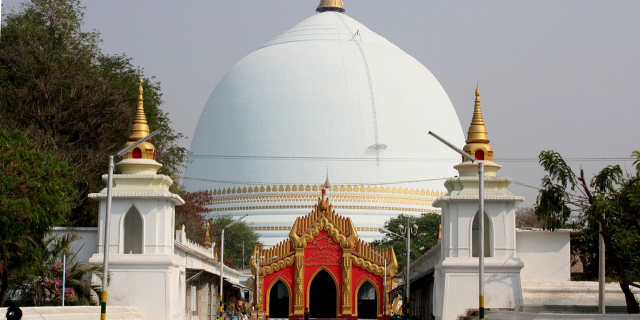
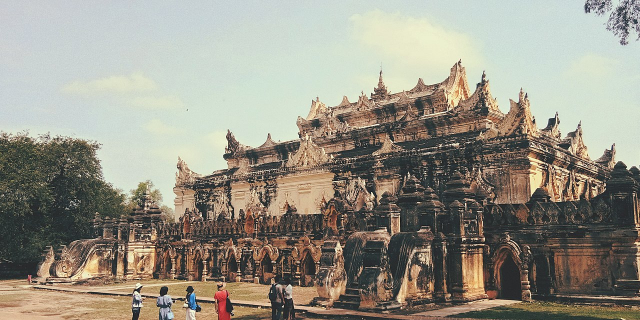
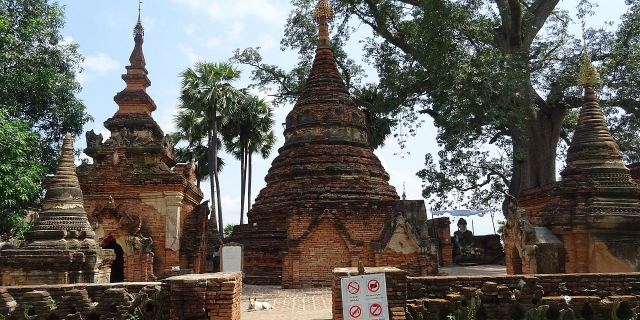

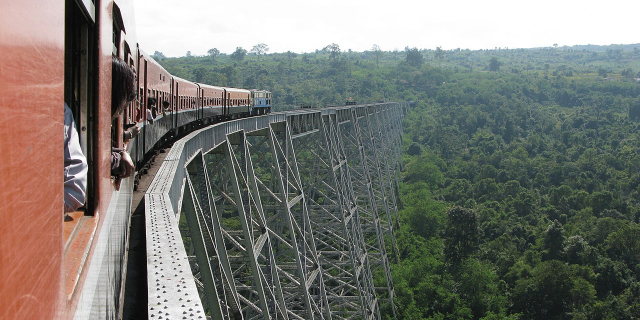
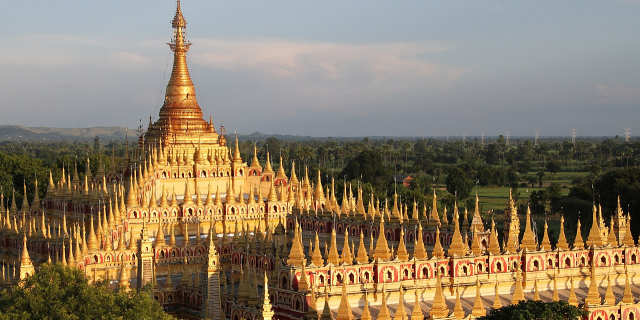
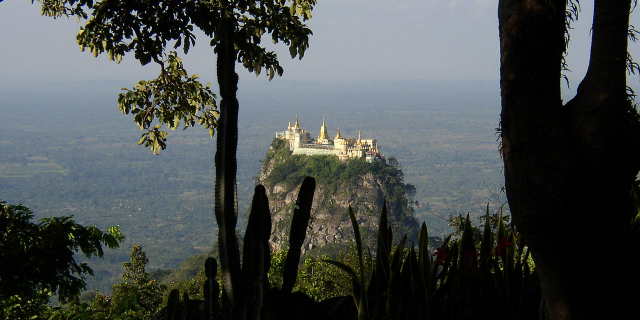


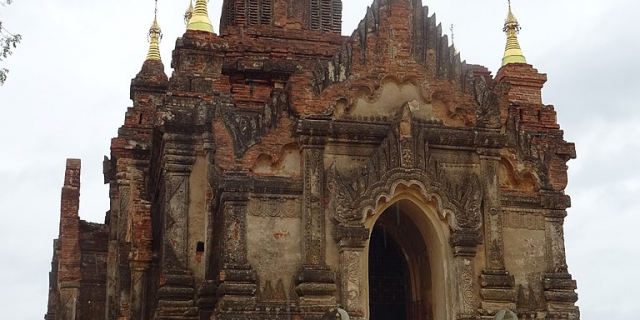
Add new comment